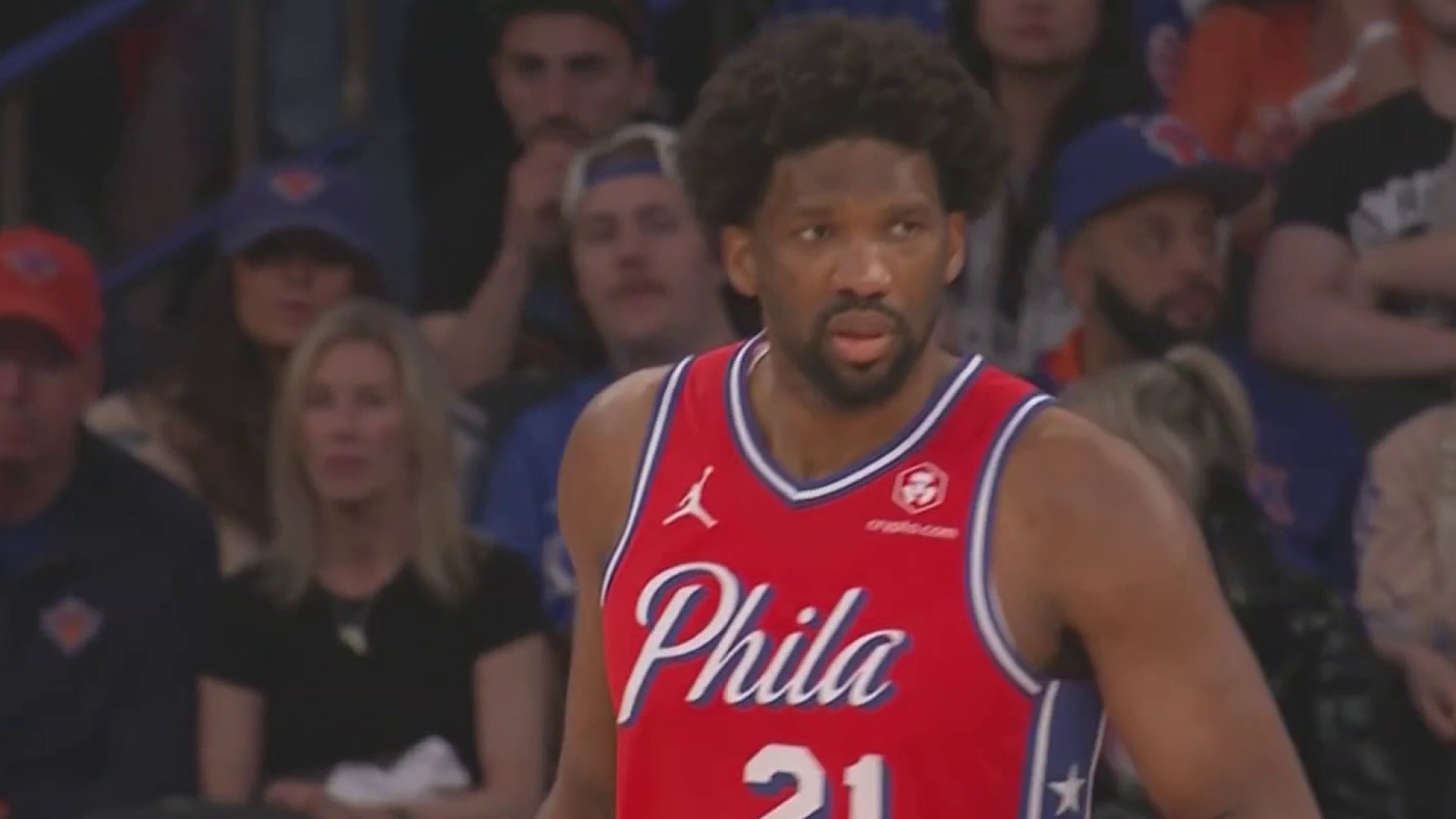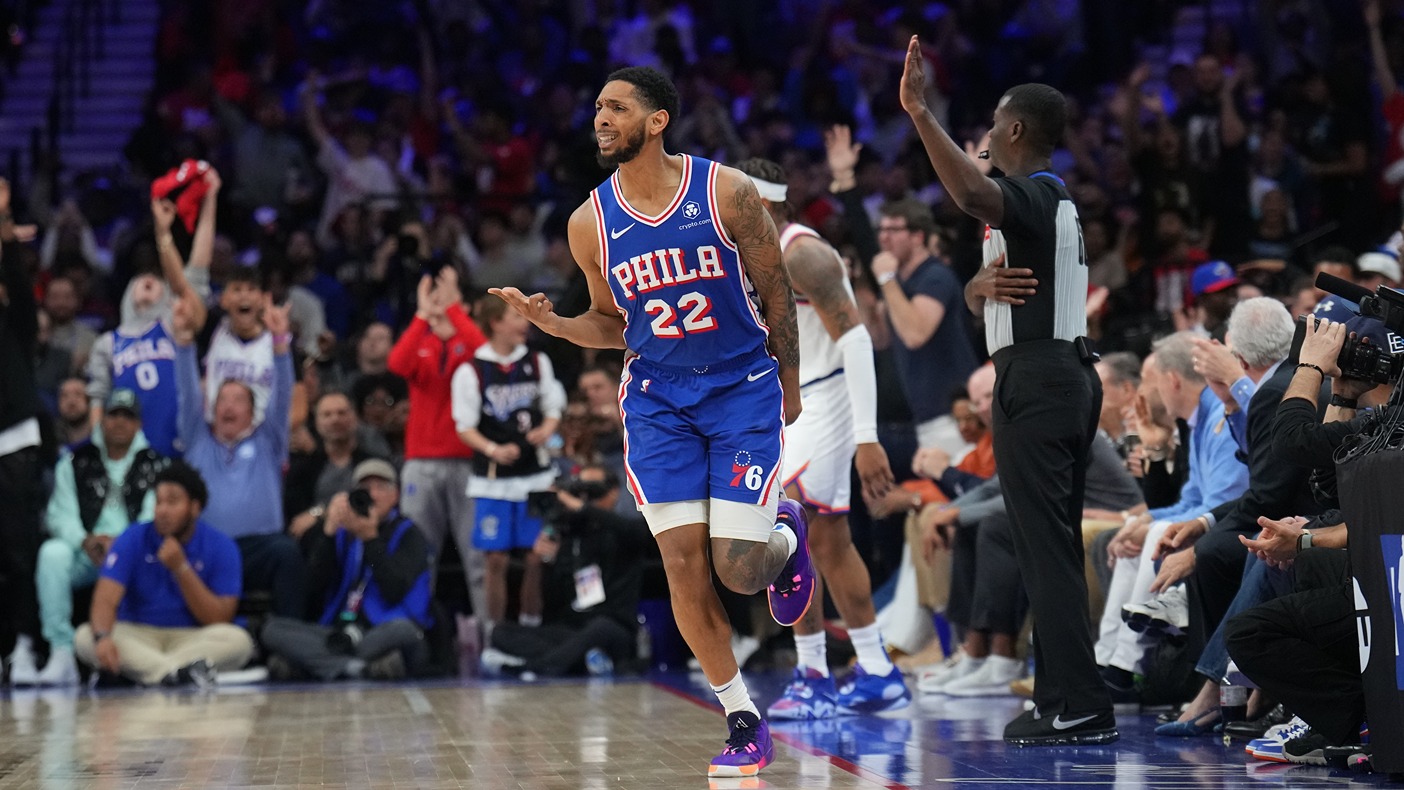The revolving door of roles has stopped spinning, at least when it comes to the Sixers' first and second units. Through the course of unexpected injuries, Brett Brown has built a clear starting lineup and second group, which has led to consistency and recent success.
"Everybody knows his role," Embiid said following the Sixers' 102-93 win over the Hornets on Friday. "We're sharing the ball, we're moving the ball, I think that's been the key."
"We're sort of tucked away in a nice rotation," Brown said following the Sixers' 102-93 win over the Hornets on Friday.
Brown settled into a starting five following a late December road trip in which Sergio Rodriguez suffered a sprained ankle and Gerald Henderson experienced hip soreness. During that time, the Sixers ended their experiment of pairing Joel Embiid and Jahlil Okafor.
These changes left T.J. McConnell, Nik Stauskas, Robert Covington, Ersan Ilyasova and Embiid in the starting five, a group that has accumulated a record of 4-1.
As a trickle down effect, the Sixers have been able to establish a true second unit rather than players sporadically jumping in and out of lineups. Henderson, Rodriguez, Nerlens Noel and Dario Saric have formed a reliable reserve foundation. Timothe Luwawu-Cabarrot has been filling in the 10th spot since the Sixers waived Hollis Thompson.
Philadelphia 76ers
Complete coverage of the Philadelphia 76ers and their rivals in the NBA from NBC Sports Philadelphia.
"The play doesn't drop off," Henderson said. "We all know our roles, the things we do well. Nobody's out there trying to do anything out of the ordinary. I think we've found some good chemistry."
These two particular groupings mirror players with similar games. That way when someone subs out, the Sixers don't lose a particular skillset on the floor. A strong example is the rim protection of Embiid and Noel. They combined for seven blocks against the Hornets.
"It helps us out because there's no letdowns on the defensive side," Covington said. "Guys understand their roles and they're locked into what we're doing. That's one thing that has been different about previous years. That's what really helped us out. … The next player comes in and they can still fill that void of that person they replaced. It's a matter of fitting in, and we're really starting to figure things out."
Echoed Noel, "I think the second unit, we've done a great job maintaining and only adding to it. Sergio's done a great job leading the team through the second unit and guys are going out there and playing defense. I think we're coming up with big stops that are putting us in position to maintain the whole game and coming in the fourth quarter executing."
The balance allows Brown to allocate minutes more evenly throughout the team. On Friday, the starters' minutes ranged slightly from 28 to 31, while Henderson, Noel, Rodriguez and Saric were in the ballpark of 16 to 24. Luwawu-Cabarrot played 10 minutes.
"It's even distribution. The symmetry of how you play doesn't change," Brown said. "You can go Jo and Nerlens, you've got a rim protector. You go Ersan and Dario, you've got a stretch four. T.J. and Sergio are different, but the wings do some things the same. There's a symmetry to our purpose and our structure. I think that tight rotation, it certainly is easier to coach and play."
In spite of this newfound balance, the Sixers still have roster balance issues to address. Neither of these units include Jahlil Okafor or Richaun Holmes. Okafor has been a DNP for the last four games and will play Saturday in Embiid's absence (rest, back-to-back). Holmes has been assigned to the D-League to receive minutes. Still, Brown plans to continue with the current lineup.
"I believe so," Brown said when asked if he will stay with this rotation. "Things happen, the league is never constant, it's always changing. [These groups] were born out of injury. Then people took an opportunity and held onto it. Because the group co-exists just fine - this would be probably the closest group from a chemsitry standpoint and togetherness I think that we've had - they accept roles."



